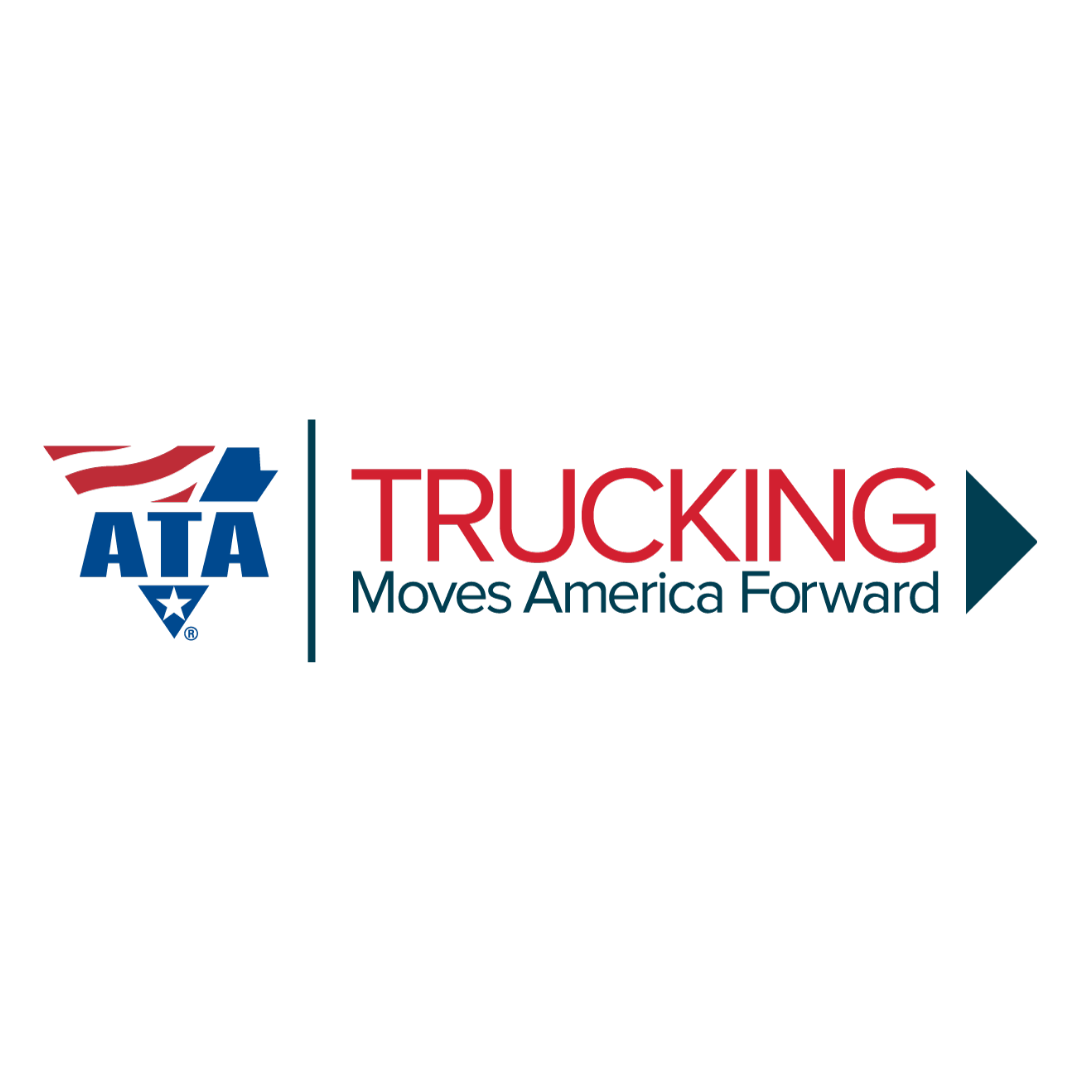Back to employers
Manufacturing, Transport & Logistics
If you’re interested in any form of transport – be it air, land, or sea – and have a head for mass production, then the manufacturing, transport, and logistics industry could be just the fit for you!
This industry is responsible for the safe production, transport, and delivery of a wide variety of goods – both nationally and internationally. It encompasses a variety of transport channels, including:
- Storage and warehouse sorting
- Freight transport
- Heavy and/or dangerous goods transport
- Marine and aviation transport
- Scenic or sightseeing transport
The industry also encompasses logistics which includes:
- Managing and organizing transport, nationally and internationally
- Transport infrastructures, such as roads, air, and rail
- Customs
- Couriers, drivers, and delivery personnel
Within the manufacturing side of the business, you could be involved in:
- Production and assembly of parts or goods
- Quality assurance and checks
- Machine handling, including heavy-goods machinery such as forklift trucks
- Maintenance and engineering
The industry as a whole is like one big, well-oiled machine, with every single individual playing a vital role in its success. Although each of these segments stands along in its own right, it’s the intersection of these critical sectors that creates one incredible industry accumulatively.
Whether coordinating the production and transport of a high volume of goods or a small scale delivery of niche products – every person working in the sector has a valuable role to play.
If you’re someone who enjoys a fast-paced, hands-on working environment, with plenty of routine alongside problem-solving, a career in manufacturing, transport, and logistics could be the right place for you
What You Could Do
Roles across the industry are highly varied and include a mix of low-skilled, entry-level positions, highly-skilled roles, and professional roles requiring specialized knowledge.
Here’s a look at some of the top jobs you could pursue:
- Couriers and Delivery Drivers: Couriers and delivery drivers are the final point in delivering items in the full logistics supply chain. They’re responsible for getting parcels, packages, and deliveries to their destination securely and safely. Couriers and delivery drivers may work for extensive warehousing and manufacturing organizations or independent delivery services contracted by other organizations. The role is often fast-paced, with a degree of customer service and problem-solving.
- Crane and Hoist Operators: Crane and hoist operators have a specialized skill set in safely managing heavy-duty machinery to move large items. This might include large pallets of products or shipping containers onto aircraft or ships designed explicitly for large-scale shipping and freight. These workers need resilience, patience, and a keen eye for detail to ensure they work quickly and smoothly and get deliveries ready to go on time.
- Freight or Cargo Handler: Freight and cargo handlers load and unload trucks, containers, and trains and transfer cargo between ships and other forms of transport and storage facilities. These are typically Entry-level roles where you can work your way up to senior management. The position requires attention to detail, teamwork, excellent communication skills, and time management. It may also require cross-referencing deliveries against an inventory to ensure everything is where it should be.
- Importers, Exporters, and Wholesalers: Importers, exporters, and wholesalers plan, organize, direct, control, and coordinate importing, exporting, and wholesaling establishments. The role usually requires some formal qualifications and specialist knowledge, especially regarding customs and international export.
- Production Assemblers: A vital role within manufacturing, production assemblers put together components and subassemblies that go into the production of metal products, electrical and electronic equipment, construction, and joinery products – to name a few! The role is typically entry-level, with lots of scope to grow professionally and work up into management roles.
- Supply and Distribution Manager: Supply and distribution managers plan, organize, direct, control, and coordinate the supply, storage, and distribution of goods, products, and services produced and used by organizations. They usually oversee a warehouse or several warehouse facilities across a location and ensure deliveries go out and are received on time across multiple sites. They may also review reports and analyze data to understand market trends and make decisions on future supply, demand, and distribution needs across their chosen sector. The role typically requires some formal qualifications and specialist knowledge.
These job roles are only just scratching the surface!
The best way to learn more and help form decisions about the roles available and what you might be suited for is to conduct as much research as you can and build a profile from there.
Graduate Outcomes & Gender Split
While a degree isn’t crucial for every role or career pathway into the industry, it can help to know what employment from this route looks like.
The National Association of Colleges and Employers tracks graduate employment across different industry sectors.
Here’s a look at some degrees that could be a great starting point for this industry:
- Transportation and Materials Moving Graduates in Full-Time Employment: 54%
- Transportation and Materials MovingGraduates in Employment Overall: 87.3%
- Engineering and Manufacturing Technologies Graduates in Full-Time Employment: 75%
- Engineering and Manufacturing TechnologiesGraduates in Employment Overall: 89.9%
Gender Split
The gender split across the industry depends on the segment of the sector you work within. The agricultural and horticultural industry has typically been very male-dominated, but this is beginning to shift.
Recent statistics indicate the split for manufacturing and production-based roles are:
Recent statistics indicate the split for transport and logistics roles based roles is:
Average Salary
Current surveys in the sector indicate the median salaries for full-time roles in this industry as:
- Couriers and Delivery Driver Roles: $30,600-$33,500
- Crane and Hoist Operator Roles: $43,800-$56,600
- Logistics Manager Roles: $60,600-$67,000
- Production Assembler Roles: $28,200-$31,700
- Production Manager Roles: $70,200-$78,800
Salaries can be pretty varied, with lower expectations for entry-level roles.
Salaries are also determined by several factors, including:
- The segment of the industry you work within.
- Your job title and seniority.
- The amount of experience you have.
Location, some rural areas may pay less than roles in main cities
Industry Growth
The Bureau of Labor Statistics projects employment of the manufacturing, transport, and logistics industry to grow 4% between now and 2029. This is on pace with the national average for other industries.
Job prospects are anticipated to be best for candidates who have knowledge or experience using logistical software or doing logistical work for the military.
While employment in the industry remains strong, there have been some top priority skills identified for anyone seeking to build a sustainable career in transport and logistics.
These include:
- Health and safety qualifications
- Compliance knowledge
- Digital skills
The most recent data collated by the Australian Skills and Industry Committee has identified three new industry workforce skills developments that need to be considered as the sector grows.
These predominantly relate to the emergence of new technologies and automation, including:
- Automated logistics and warehouses: Using artificial intelligence, machine learning, and technologies, robotics can minimize labor and optimize warehouse operations.
- Automated guided vehicles (AGVs): These can be used to perform pallet transport, storage, and retrieval, and drones for stocktaking and inventory management.
- Digital supply chain: Data analytics and artificial intelligence can assist organizations shift to data-driven decision-making by predicting orders based on previous customer behavior.
These new skill areas should be seen as opportunities for renewed skill growth across new and existing workers in the industry.
As new technologies emerge, some traditional roles may no longer continue, but it means new roles can be created to continue to support the industry and existing workforce.
Qualifications and Entry Pathways
For some professional roles, a bachelor’s degree can set you up well with the foundation of theory and knowledge to help you build a successful career in the industry.
Degree pathways you could pursue include:
- Bachelor of Transport and Logistics
- Bachelor of Transport Management
- Bachelor of Engineering (Mechanical)
- Bachelor of Science (Advanced)
- Bachelor of Global Logistics
- Bachelor of Applied Science (Nautical)
Other pathway options might include:
- Scoring an apprenticeship: You can start an apprenticeship and work to gain industry-specific qualifications alongside your certificate of education and work experience.
- Work experience once you leave school: If you leave school at 16, you can apply for work experience and school-leaver programs in entry-level positions and work your way up over time. Many organizations will also support you to gain further professional qualifications.
Requirements will depend on the type of role you want and the company – so make sure you research.
Whatever your circumstances, grades, or preferred way forward – there’s a qualification pathway that will work for you.
Best Places to Study
Where you choose to study will be dependent on a range of factors, but some universities are rated higher than others for specific subjects.
Some of the best-rated universities for transport and logistics studies include:
- Central Michigan University
- Portland State University
- Florida International University
- Keiser University
- Saint Louis University
- Portland State University
- Michigan State University
- Virginia Tech
Where to Learn More
You can learn more about different pathways through professional bodies and organizations advocating for careers in the sector.
Some good places to start include:
And many more!
Each state will also have several professional organizations to help you learn more about the industry, network, and develop your career.








